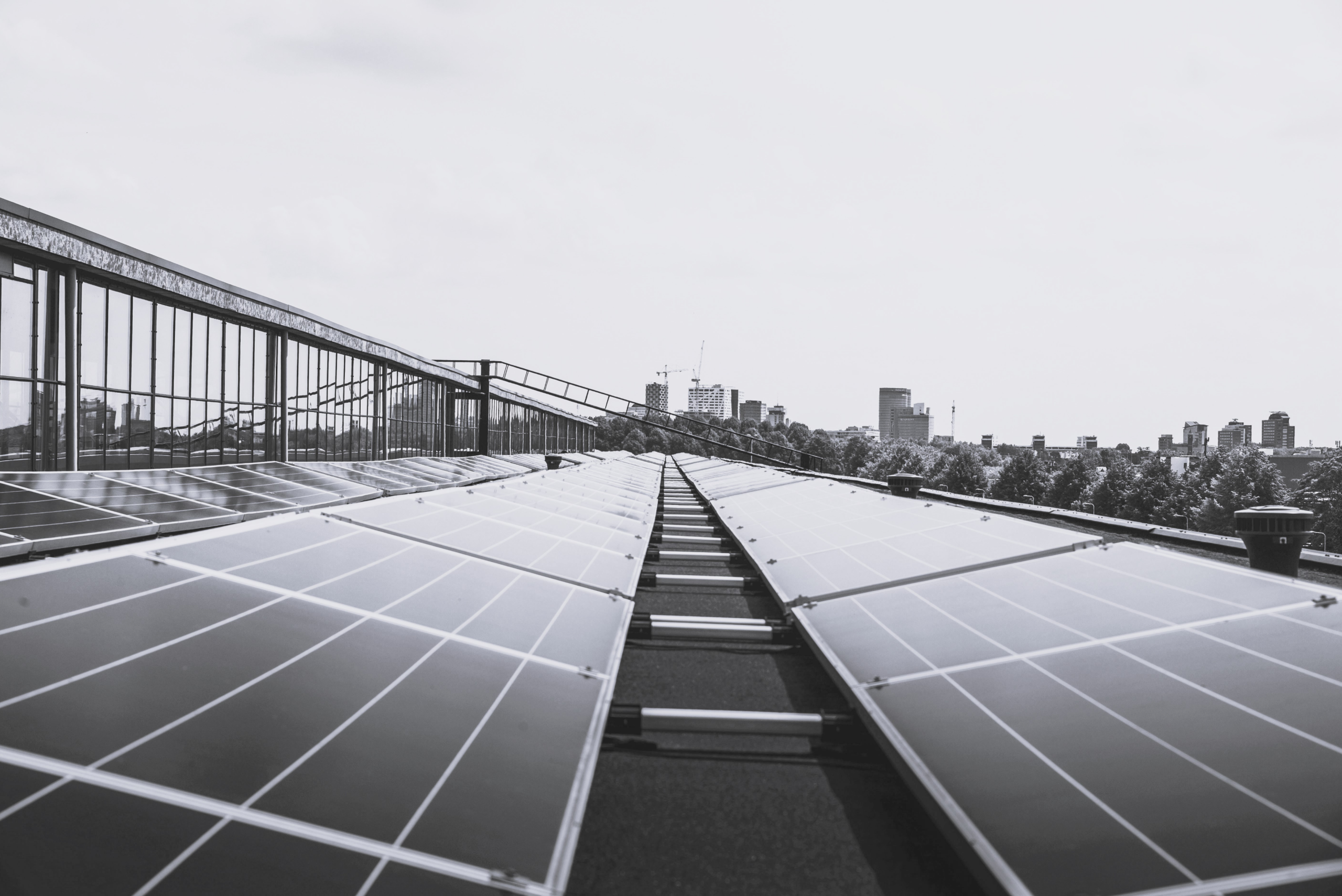
Energy-efficient building renovation
Buildings and infrastructure are a major source of greenhouse gas (GHG) emissions. According to a recent study by McKinsey, they account for 14.4 metric gigatons of CO2 equivalent (GtCO2e) or about 26 percent of global GHG emissions per year. Due to the longevity of buildings, it can be anticipated that about 80 percent of the building stock in the year 2050 has already been built. This makes it imperative to 1) design for minimal emissions in terms of both, materials and operations, from the very beginning and 2) to retrofit the existing building stock as fast as possible. Yet, at 0.7% p.a., the current rate of retrofitting in Germany is only about a third of what is needed to reach the country’s climate targets by 2030.
Approximately two-thirds of the emissions attributed to buildings and infrastructure are related to their daily operation, such as heating, cooling, lighting, and ventilation, of which the heating of the space and water alone accounts for about 60 percent. Energy-efficient building renovation has proven to be an effective means in reducing the operational emission footprint of existing buildings. Commercially available climate solutions include replacing fossil fuel-based heating systems with low carbon sources like heat pumps or renewable district heating, improving the thermal insulation of the building envelope, and managing energy consumption using intelligent controls.
The benefits of energy-efficient retrofits are numerous. Reducing the energy consumption significantly reduces costs. Studies show that renovated buildings can consume up to 50% less energy than non-renovated buildings. The property value increases with energy efficiency, particularly regarding increasing energy efficiency requirements and – owing to the EU’s ETS2 reform – increasing fossil fuel heating costs. Not least, the quality of living for residents improves with better management of heating, cooling, and fresh air.
When improving the energy efficiency of the building envelope, the roof plays a pivotal role. According to the Zentralverband Deutsches Dachdeckerhandwerk, about 25% of the CO2 emissions in the building sector can be avoided by renovating roofs and improving their thermal insulation. Perhaps even more importantly, roof renovation provides an opportunity to integrate renewable energy technologies such as solar photovoltaic (PV) or solar thermal systems. A properly designed PV system installed on a renovated roof has a disproportionately high GHG emission lifetime avoidance effect and can deliver clean and low-cost electricity.
Roofs are changing from simple protection from the elements to a complex building component: Sophisticated insulation systems are combined with PV installations and increasingly with heat-deflecting green roofs. Today, roof inspection and maintenance are supported by predictive leakage detection and monitoring systems that visualize the condition of the roof in real-time. Such systems allow for a timely response to early defects and help efficiently maintain a roof’s functionality. Energy-efficient building renovation plays a crucial role in achieving a sustainable future. By reducing energy consumption and increasing energy efficiency, ecological, economic and social benefits can be achieved.




